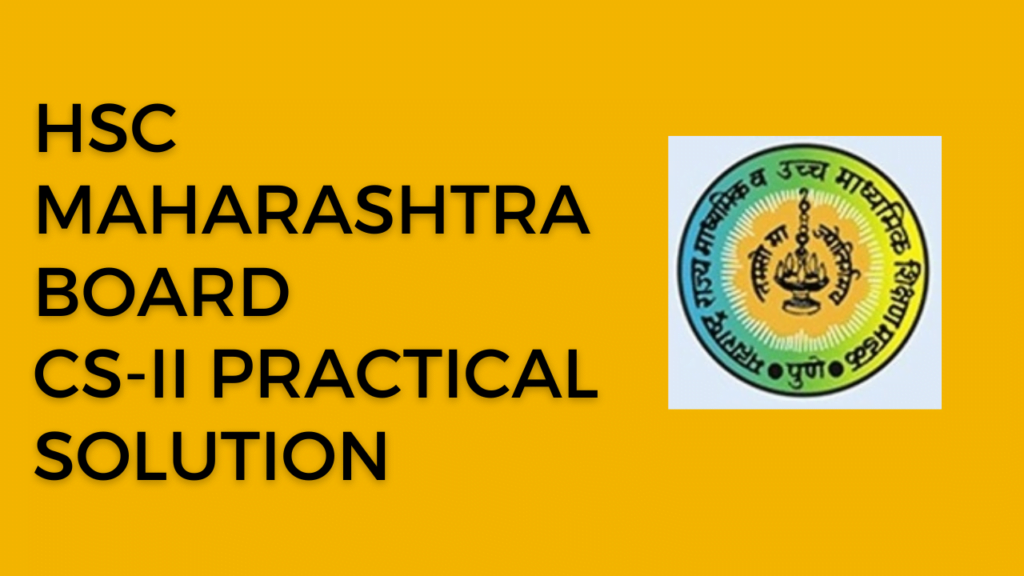HTML (Hypertext Markup Language) is the standard language used to create web pages. It provides a structure and layout for the content that appears on a webpage. HTML tags are used to define the different elements of a webpage, such as headings, paragraphs, images, and links.
Here are some basic tags that are commonly used in HTML:
<html>: This tag is used to define the beginning and end of an HTML document. All other HTML tags are placed within the<html>tags.<head>: This tag is used to define the head section of an HTML document. The head section contains information about the webpage, such as the title and metadata.<title>: This tag is used to define the title of a webpage, which is displayed in the browser’s title bar or tab.<body>: This tag is used to define the main content of an HTML document. All of the visible elements of a webpage, such as text, images, and links, are placed within the<body>tags.<h1>to<h6>: These tags are used to define headings of different sizes.<h1>is the largest heading, and<h6>is the smallest.

